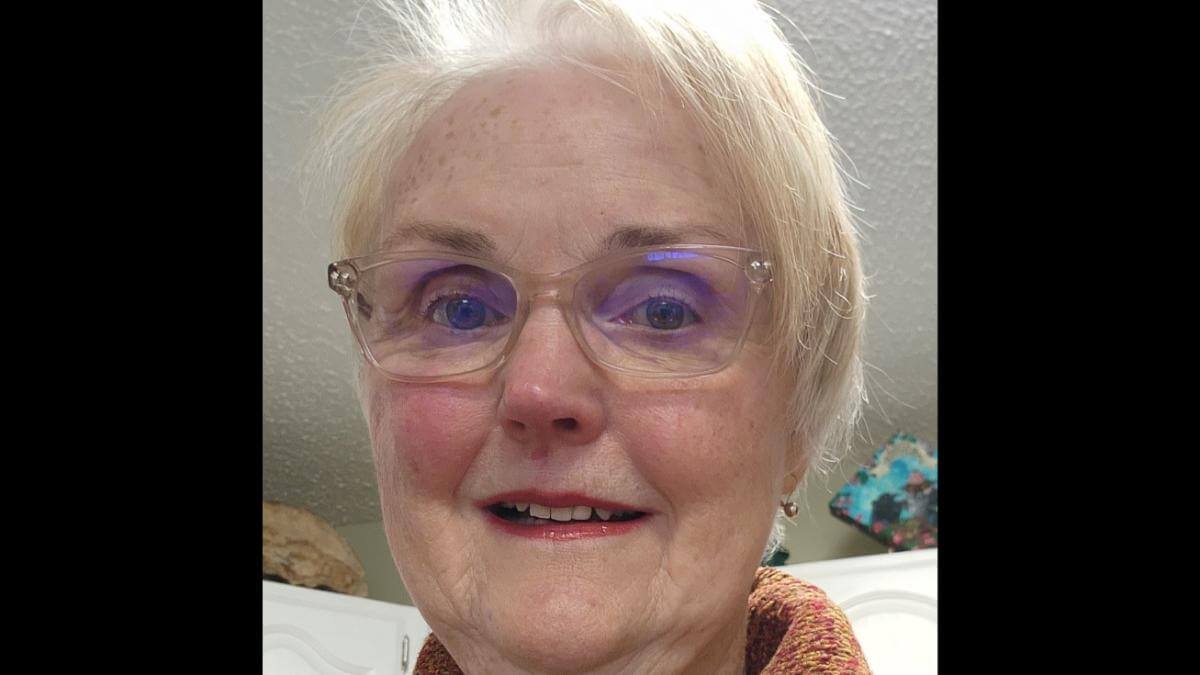


Home » Sheila Taylor Allen | Sheez-Beez Kennels

Sheila Taylor Allen
1. I am Sheila Taylor Allen, currently living in western North Carolina but originally from Washington State. I started in dogs in 1972 with German Shepherd Dogs (GSD), and owned one of the first solid black GSD Champions back then. I acquired my first Smooth Fox Terrier in 1974, and Sheez-Beez Kennels was established. I currently judge Junior Showmanship and Smooth Fox Terriers.
I met my first Harrier back in the early 1980s; my husband and I were impressed with how biddable they were, and their wonderful size. It took some years to get my first Harrier, but CH Quest came into our lives almost 20 years ago. I have been blessed with owning and/or breeding three National Specialty-winning Harriers, one a three-time winner, and all bitches.
2. Harriers should be a truly moderate breed in all areas. They need endurance to do the job they were bred for, and bone and substance without being coarse, a level topline, and a soft expression. They are NOT extreme movers.
3. Harriers, being one of the rarer breeds, are finding fans among the public. There are few breeders actively breeding, and generally, quality homes are not too difficult to find. But breeders need to be prepared to hold onto puppies for longer than more popular breeds.
4. My last litter was from frozen semen, from a long-passed dog, and the litter prior was fresh-chilled. With smaller gene pools this can be critical. Keeping close watch on health issues and working to avoid them requires good communication and honesty between breeders. Luckily, this is mostly a very healthy breed. I still use social media and am active in my local dog community to stay connected with breeders and the public.
5. I am active in my local all-breed kennel club as well as my national club; it is harder all the time to find new people who want to work for purebred dogs. Performance events seem to be the biggest draw. Sadly, the “designer breed” and acceptance of mixed breeds by the American Kennel Club (AKC) for Performance events does nothing to help purebred dogs.
6. As a frequent Ring Steward, and also a Judge, I see a decline in overall quality of the exhibits. I hear comments from Judges like, “There’s another backyard champion,” and I find that extremely sad. When a really correct dog of any breed appears, it always stands out from the rest. I also notice many new people entering shows without proper preparation and training of their dogs.
7. The changes I notice most are the acceptance of new breeds into AKC Conformation events. This has increased the number of dogs in many Groups.